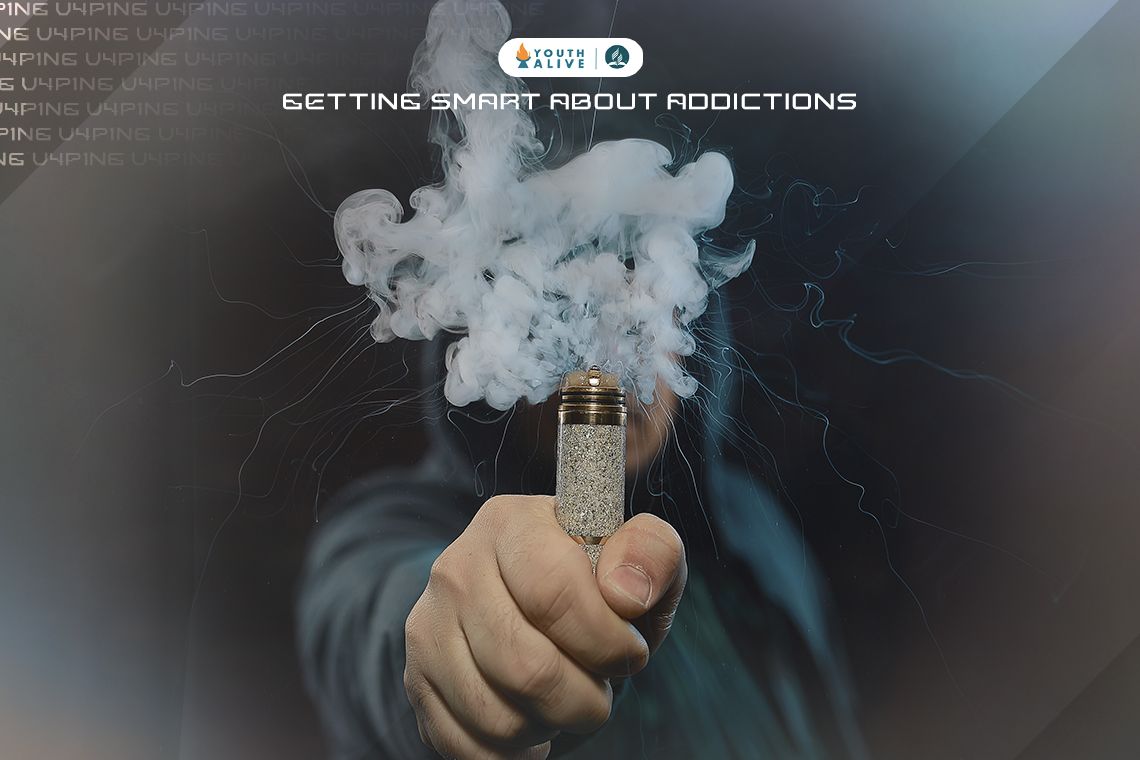Tobacco use remains a problem among young people. According to the Centers for Disease Control, tobacco use is a major risk factor for cardiovascular disease due to carbon monoxide reducing the oxygen-carrying capacity of the blood. In addition, nicotine in tobacco raises blood pressure and can cause a heart attack. Many other health problems are associated with tobacco use, particularly chronic obstructive pulmonary disease (COPD), emphysema, and lung cancer (CDC, 2017).
Efforts to rid individuals of nicotine addiction are essential and worth looking into. Society has significantly reduced tobacco use in the past few decades. According to the Monitoring the Future Study (Johnston et al., 2019), in 1991, about 28 percent of 12th graders used tobacco. By 2018, that percentage had reduced to under 8 percent. This reduction marks a remarkable public health victory!
But one newer strategy to treat nicotine addiction is the use of electronic cigarettes, often called e-cigarettes. This nicotine delivery device does not involve the toxic chemicals that are a part of burning and inhaling tobacco fumes. The first commercially available E-cigarettes, which contained nicotine, were developed in 2003 by a Chinese pharmacist who smoked and whose father died of lung cancer. The idea of providing nicotine delivered in a non-tobacco product was to provide the nicotine addict with nicotine using a delivery system that did not contain the noxious toxic fumes derived from inhaling smoke. E-cigarettes were originally marketed as a safer alternative to conventional cigarettes that were considered “safer” or less harmful because they did not contain many dangerous ingredients found in regular cigarettes. Because of the false advertising since 2014, more young people feel comfortable vaping than smoking traditional tobacco cigarettes.
According to the CDC (Centers for Disease Control and Prevention, 2019a), while e-cigarettes were sold as a way to stop cigarette use, there is a three- to six-times greater chance of youth smoking regular cigarettes for those that have previously smoked e-cigarettes compared to those that have never smoked e-cigarettes.
Are E-cigarettes Safe? E-cigarettes contain nicotine and are proven to be equally as addictive as other forms of tobacco. E-cigarettes also are sometimes associated with severe lung diseases that have taken the lives of many young people.
Is Vaping Harmless? The Centers for Disease Control says this about vaping: (CDC, 2019b): Since the specific compound or ingredient causing lung injury is not yet known, the only way to assure that you are not at risk while the investigation continues is to consider refraining from use of all e-cigarette or vaping, products. E-cigarette, or vaping, products should especially never be used by youth, young adults, or women who are pregnant.
From the Bible: One of the many Biblical statements about participating in unhealthy behaviors can be found in I Corinthians 6:19, 20 (ESV) where it states ...”do you not know that your body is a temple of the Holy Spirit within you, whom you have from God? You are not your own, for you were bought with a price. So, glorify God in your body.” If you vape tobacco [or smoke cigarettes], you will not have the abundant life that Jesus hopes for all of His followers (John 10:10).
Smoking and Tobacco Use, retrieved on December 24, 2021 https://www.cdc.gov/tobacco/data_statistics/fact_sheets/health_effects/effects_cig_smoking/index.htm Centers for Disease Control and Prevention. (2019a).
Youth and Tobacco Use. Retrieved on December 24, 2021 from https://www.cdc/gov/tobacco/data_statistics/fact_sheets/youth_data/tobacco_use/index.htm
Centers for Disease Control and Prevention. (2019b). “Outbreak of Lung Injury Associated with the Use of E-Cigarette or Vaping Products.” Retrieved on December 24, 2021 from https://www.cdc.gov/tobacco/basic_information/e-cigarettes/severe-lung-disease.html
Johnston, L. D., Miech, R. A., O’Malley, P. M., Bachman, J. G., Schulenberg, J. E., & Patrick, M. E. (2019). Monitoring the Future national survey results on drug use 1975-2018: Overview, key findings on adolescent drug use. Ann Arbor: Institute for Social Research, University of Michigan.




























